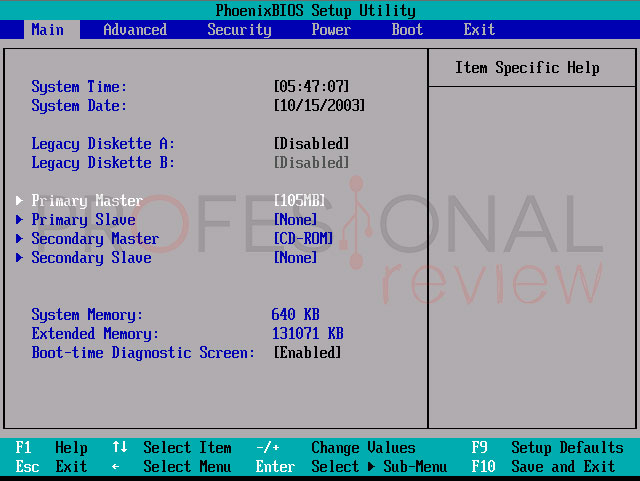

Fortunately, the makers of Ethernet and Wi-Fi adapters have worked around these issues, and ensure that most of their products retain enough power to accept a WoL command in Windows, macOS, and plenty of Linux distributions. Windows 7 doesn't support it officially and if you have fast startup enabled in Windows 8 and 10, that can potentially cause problems, too.

When a computer is in a low-power state, it can be powered back up if the Ethernet adapter receives a "magic packet." This is a tiny block of data, broadcast across the whole network, that contains a 'wake up' instruction for a specific machine.įor a computer to react to this command, its network adapter and installed operating system must support WoL. One outcome of their combined efforts was an Ethernet standard called Wake-on-LAN (WoL). IBM and Intel collaborated on a project back in the mid-1990s to improve the way that computers on networks could be remotely managed.
WOL WAKE ON LAN PC
If this sounds of interest to you, then read on to learn how you can set up your Windows PC to use Wake-on-LAN, with our handy step-by-step guide. Setting up Wake-on-LAN is perfect for that scenario – with this technology, you can instantly power up another computer from the comfort of your chair.

Do you have several PCs at home, all connected to the same network? Let's say you want to access one that's currently switched off, but don't want the hassle of heading for it just to switch it on.


 0 kommentar(er)
0 kommentar(er)
